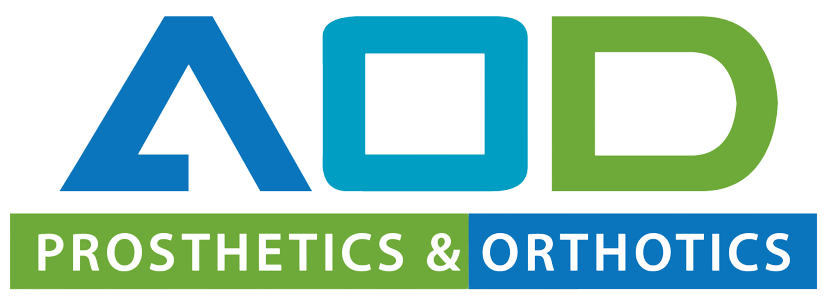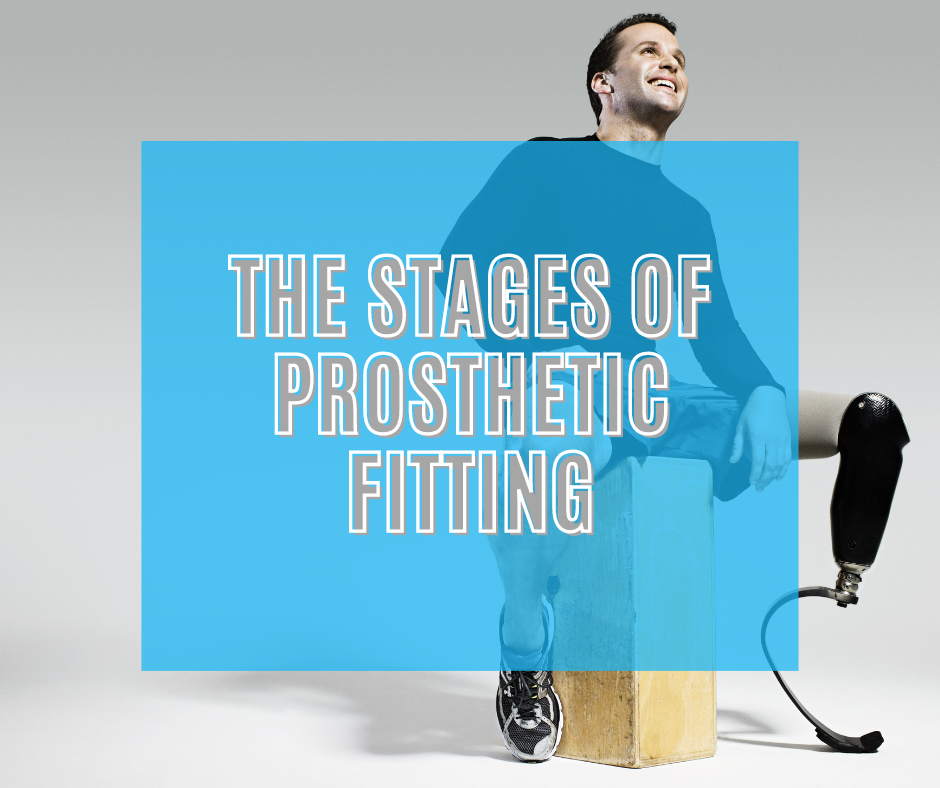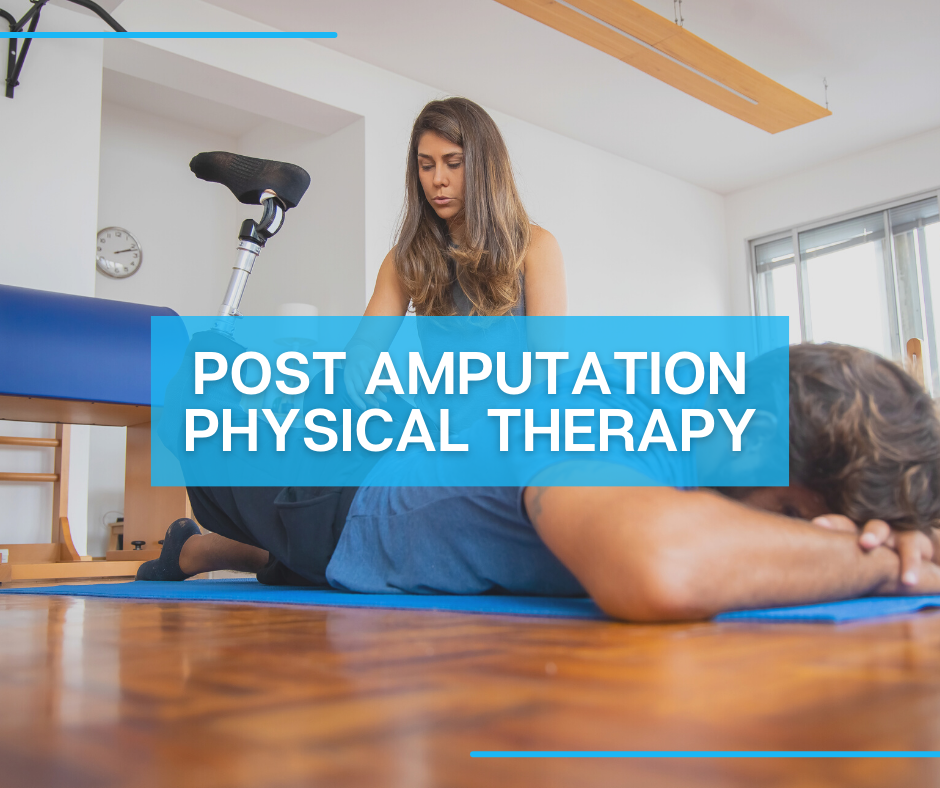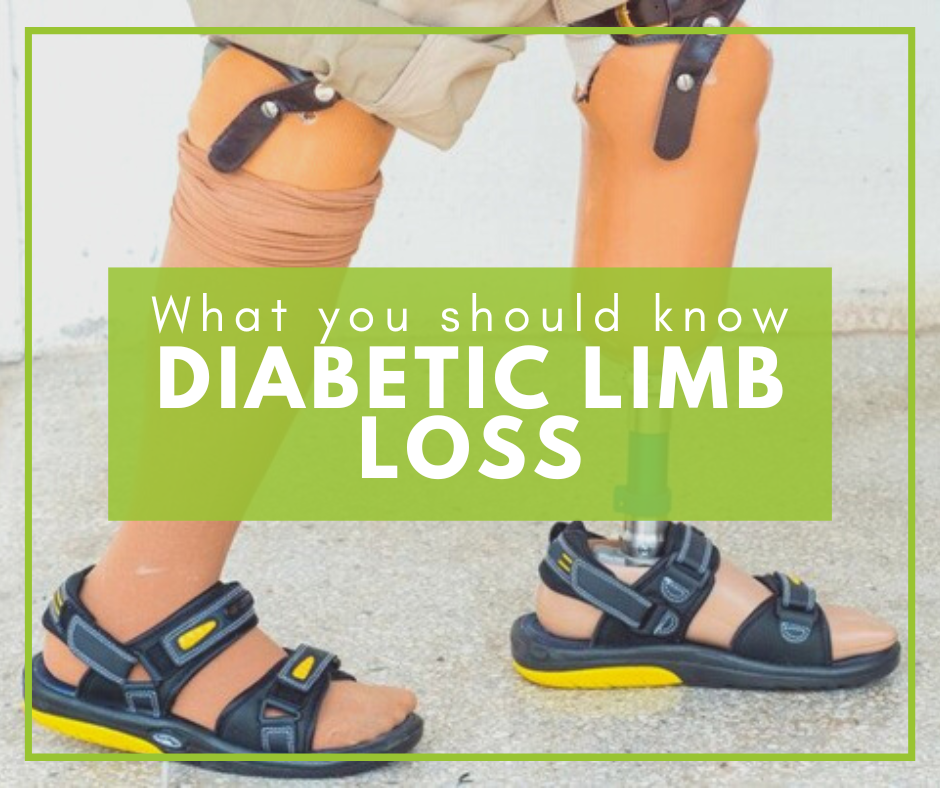

The Stages of Prosthetic Fitting
Limb amputation presents challenges to getting back to an independent life. A successful prosthetic fitting is vital in this process to help you restore your mobility and get back to the activities you enjoy. Every person’s situation is unique, meaning your prosthetic needs to be custom-designed to fit your body perfectly to help you achieve optimal results.
While there are several options for limb prostheses, the fitting process (after evaluation of the treatment result) generally follows the same stages no matter which limb prosthetic you choose. Usually, the stages for fitting the prosthesis involve training sessions and both occupational and physical therapy. With that in mind, here is an overview of the steps of a prosthetic fitting.
Schedule a Meeting with a Prosthetist
Amputees have unique needs, so you will need to schedule a meeting with a certified and experienced prosthetist for assessment. That means if your amputation is planned (and not emergency-related), you may have a physical and medical evaluation along with some education from your care provider. Some of the things you will have to discuss with your doctor may include your short-term and long-term goals, the possibility of phantom pain, and planned pain management. Similarly, you can consult someone or a peer who has undergone amputation and can answer your questions regarding their experience.
Amputation Surgery
Once you outline the goals you intend to accomplish with a prosthetic, your next step is to undergo amputation surgery. Once complete, the care team will work to manage any pain and keep you comfortable at all times. Wound dressing options available to you may include:
• Ace bandage wrap
• Removable rigid dressing (RRD), such as immediate postoperative prosthesis (IPOP) or AmpuShield
During your hospital stay, you will have to communicate frequently with your care team to ensure your pain is managed effectively. Your hospital stay may be shorter or longer, depending on the nature of your amputation and the time you need to recover.
Throughout your hospital stay, the care team will work to promote wound healing by maintaining the range of motion of the amputated limb, offering support and continuous education, and training you on mobility exercises. Following the surgery, you may be released from the hospital after three to 10 days. Subsequently, once you've gained your appetite, balance, and strength, you may be released to a rehabilitation center or a skilled nursing facility.
Pre-Prosthetic Training
At this stage, your care providers focus on training and preparing you for the prosthesis. Your team will focus on limb shaping, muscle strengthening, skincare, and pain management. Your residual limb may experience swelling, requiring you to use a compression sock or a shrinker to combat or control the pain. After this, you will collaborate with your physical therapist and care team to avoid muscle tightening (contractures) and gain strength.
Typically, pre-prosthetic training will take place at your home, rehab center, or a skilled nursing center, depending on the plan developed by your care providers. The training may include desensitizing your scar tissue and residual limb. Experts recommend various things you can do to achieve this, such as massaging the end of the limb in a circular motion. After this, you may want to meet with your prosthetist for limb evaluation. He or she will assess your limb and ask you several questions about your work, hobbies, and prosthetic goals.
Understanding this information will help your prosthetist develop a reasonable prosthetic treatment plan. If necessary, you can stay connected with a peer mentor to guide you and answer your questions.
Prosthetic Prescription and Fabrication
After your wound is fully healed and the swelling has reduced, your caregiver will start the process of creating your socket. Several ways can be used to build a socket, and since sockets are custom-made, your clinician will discuss how to achieve the best fit. Initially, you will be fitted with a clear diagnostic. The socket's primary purpose is to enable your prosthetist to make modifications and adjustments before your final or definitive prosthesis is built.
Prosthesis Delivery
Prosthesis delivery is the last stage of your prosthetic fitting process. Once you receive your final prosthesis, your clinician or physician will give you a wearing schedule/plan to help you get accustomed to wearing your prosthetic. After this, you will continue with your occupational therapy if you're an upper-extremity amputee or physical therapy if you're a lower-extremity amputee. Therapy will provide you with additional training with your finished prosthesis.
During the first year of your prosthetic procedure, you will have occasional appointments with your clinician for adjustments and modifications. With time, you will get used to wearing a prosthetic, and adapting it to your everyday life will become routine. However, that doesn't mean it is going to be easy at first. It may be challenging at times, but with commitment, dedication, and hard work, the integration will become seamless.
If you're a first-time prosthetic wearer, you will receive additional support to make you as comfortable as possible. After prosthesis delivery, your prosthetist will schedule follow-up visits for one to two weeks. These appointments will allow for continuous assessment to ensure that your new prosthesis fits and functions appropriately.
At AOD Prosthetics and Orthotics, we pride ourselves on guiding you through the complexity of modern technology so you can find the best prosthetic option for you. We aim to provide a complete and seamless service that supports your rehabilitation every step of the way. If you are looking to learn more about our services and mobility solutions, please contact us to schedule your consultation.
Treatment & Planning for Tomorrow
AOD Prosthetics & Orthotics combines the highest technology available with the best patient care. Bilingual mobile prosthetic service in San Antonio. Serving amputees and improving their quality of life.

All Rights Reserved | AOD Prosthetics & Orthotics | San Antonio, TX


